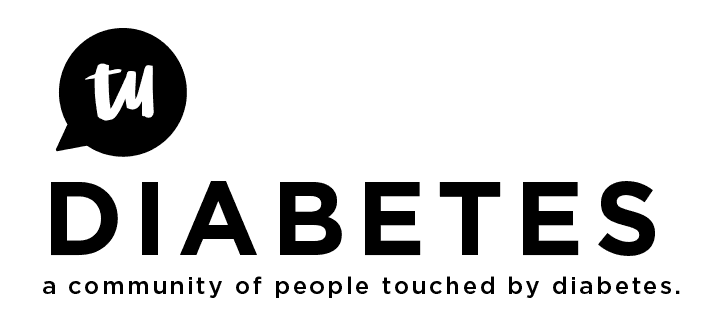That’s what I suspected as well. I’m at 12 units of Tresiba now. Prior to that, I was on 10 Lantus. This was a slight increase, since I was having problems with Lantus as well back then when I was using 8 units. Maybe a product of fading honeymoon. It is also possible that I’ll have to titrate down the 12 units, but only if really necessary.
You’ll know when your honeymoon ends. I was so used to eating almost whatever I wanted, just dialing the carbs into my pump and seeing numbers between 4 and 7 (or whatever that is x 18 in American) when I tested. I thought diabetes was so easy and all it takes is a pump and carb counting. Then about 3 years in I was suddenly 15-18 after everything I ate and learned how diabetes actually works!
My honeymoon is not that strong. I notice things like stress, lack of sleep (which is just another form of stress for the body), exercise effects on the BG. And if I am off even by a little bit with my bolus, it heavily impacts my BG. I also think I’m noticing a slight dawn phenomenon. And the current heat caused slight chaos in my BG… So things like pre-bolus, careful choice of food (always mixing carbs with fats and protein and fiber for example), eating slowly if necessary (bread is one example) etc. are not optional for me. Otherwise, I get BGs north of 180 mg/dL (or 10 in your units) very quickly and easily.
EDIT: I’m still honeymooning after almost half a year though. C-peptide levels were are 0.81 ng/ml. (Lab’s reference range is 1.10 - 4.40 ng/ml.) So I suspect that I’ll have a not so strong but prolonged honeymoon, also because I classify as LADA. My hope is that honeymoon lasts at least until closed loop pump functionality is more established, or better yet, dual-hormone closed loop pumps are available. That’d be great 
I’m not that excited anymore. I think as long as they deliver insulin subcutaneously instead of directly to the portal vein there will always be problems and they won’t come close to how a pancreas works. I’m sure they will help a lot of people who struggle, but I don’t think they’re going to be as useful for those of us able to maintain tight control using manual methods.
Oh I am. I’ve seen figures from people who do DIY looping, and they are pretty awesome. The real gain isn’t so much about good numbers, since you can get that with tight control as well. No, the real gain is that you can get good to excellent control with much less manual intervention, thereby easing the burden that is T1D management. For example, after eating an unknown meal, such a closed loop can attempt to auto-correct late BG spikes, and only alert you if the BG still wont come down. A big improvement over having to closely watch the CGM graph yourself, right? Same if you injected too much - the algorithm detects a potential hypo, shuts off insulin, and minimizes the risk of a hypo actually occurring. This is of course not nearly as efficient as real beta cells, but it is exciting. (Please note that the 670g is a very conservative hybrid closed loop device, and others, especially DIY loops such as AndroidAPS or OpenAPS, are vastly more advanced and efficient.)
During the night it would be most useful to me, as I don’t bother with CGM alarms anymore so I can get some sleep and it’s very hard to prevent overnight spikes from food that digests later on no matter how hard I try. I understand the 670G is not a good representation of what looping can do. I still think subQ injection needs to be fixed before these things can really work though. Also I swear I’m not one of those big pharma is hiding the cure from us conspiracy people, but part of me feels like the goal shouldn’t be to be perpetually attached to more and more complex machines that require on-going purchases from a single for-profit company. I understand how hard managing type 1 is for so many people, especially parents of t1 children, so I’m not saying these devices aren’t needed and won’t be game-changing, but there is a part of me that thinks this is the wrong direction long-term.
I too think that these devices are an intermediate solution. Mid- to long-term, my bet is on smart insulin, aka glucose responsive insulin. Then, T1D management is reduced to one injection daily. The smart insulin then quickly hits the bloodstream similar to a rapid acting insulin, and stays there for the day, in an inert form, encapsulated. The encapsulation is lowered in the higher presence of glucose, and raised when there’s less glucose around. Result: almost perfect glycemic control with just one daily injection.
Not a real cure, but definitely a functional one.
The real cure would of course be (1) immune system tolerance buildup (to stop its beta cell attacks) and (2) beta cell regrowth / implantation. (2) could be done also if the beta cells can be encapsulated, which is currently a big area of research.
But the reason why I think smart insulin will come first is that it is THE product for pharma companies. The first company that develops stable, functioning smart insulin will totally own the insulin market. Everybody will want it. It will be a disruptive development.
I agree, smart insulin is much more interesting to me.
